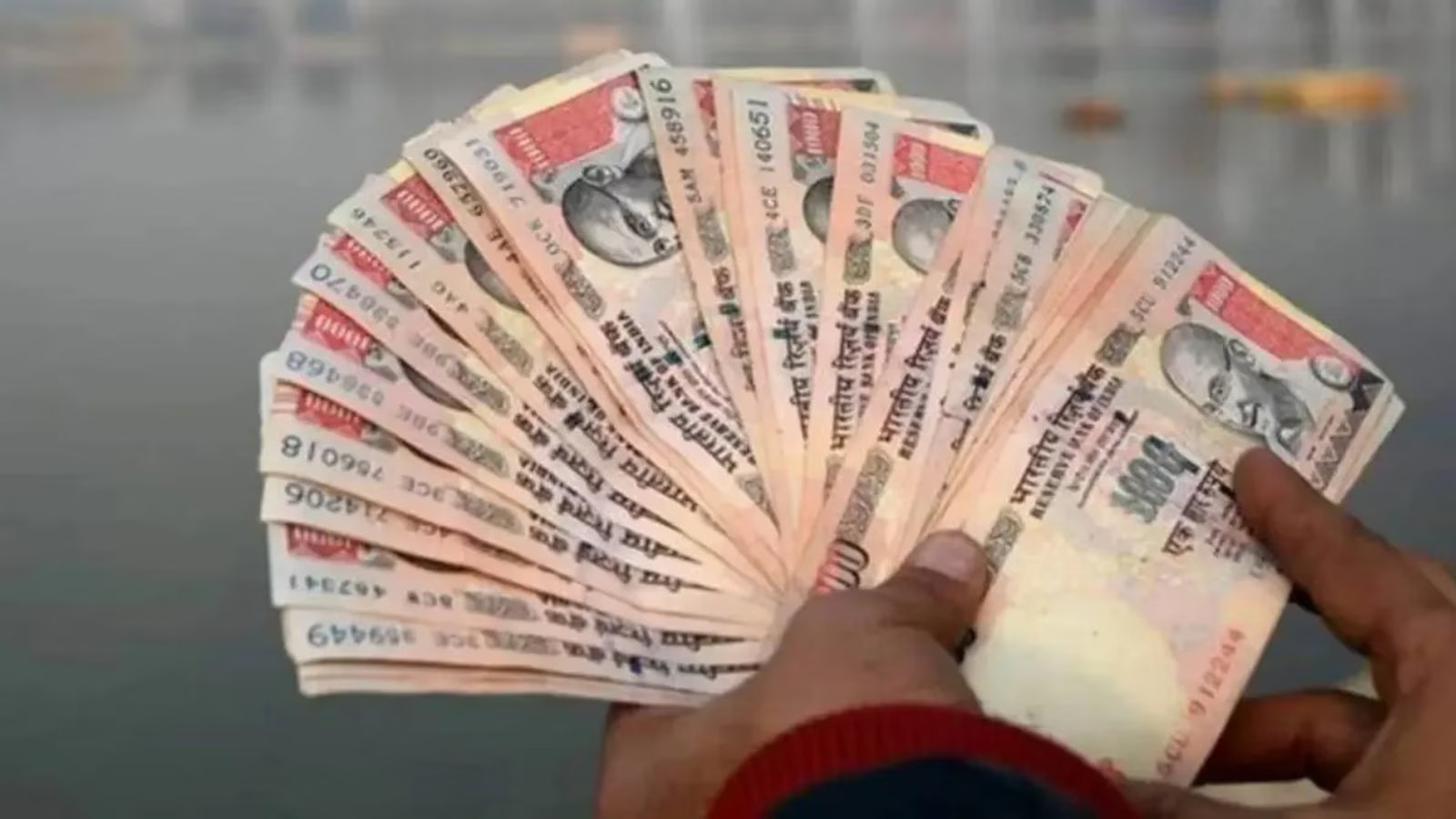Robert Triffin’s Dollar Prediction
Economist Robert Triffin warned that the Bretton Woods system could create challenges for the U.S. dollar as the world’s reserve currency. He highlighted a conflict between meeting global demand and maintaining stable domestic economic policies. Countries issuing reserve currencies often face this problem, balancing international obligations with national priorities. If another currency took on reserve status, it could reshape global trade and finance, leading to new economic dynamics. Some experts suggest that creating a new international monetary system may offer a long-term solution to these challenges.
Key Takeaways
- The Triffin dilemma highlights the conflict of interest between domestic policy and international currency responsibilities.
- A reserve currency can lead to a trade deficit by elevating the exchange rate and hurting exports.
- Issuing a reserve currency can pressure a country to prioritize global stability over its own economic needs.
- If another currency replaces the dollar, U.S. borrowing costs could rise, impacting debt repayment.
- Solutions, like a new international monetary system, aim to alleviate the burden of maintaining reserve currency status.
The Paradox of Reserve Currency Issuance
By “agreeing” to have its currency used as a reserve currency, a country pins its hands behind its back. To keep the global economy chugging along, it may have to inject large amounts of currency into circulation, driving up inflation at home. The more popular the reserve currency is relative to other currencies, the higher its exchange rate and the less competitive domestic exporting industries become. This causes a trade deficit for the currency-issuing country but makes the world happy. If the reserve currency country instead decides to focus on domestic monetary policy by not issuing more currency, then the world becomes unhappy.
Potential for a New Global Reserve Currency
Becoming a reserve currency presents countries with a paradox. They want the “interest-free” loan generated by selling currency to foreign governments, and they need to be able to raise capital quickly because of high demand for reserve currency-denominated bonds. At the same time, they want to be able to use capital and monetary policy to ensure that domestic industries are competitive in the world market and to make sure that the domestic economy is healthy and not running large trade deficits. Unfortunately, both of these ideas—cheap sources of capital and positive trade balances—usually can’t happen at the same time.
This is the Triffin dilemma, named after Robert Triffin, an economist who wrote of the impending doom of the Bretton Woods system in his 1960 book, “Gold and the Dollar Crisis: The Future of Convertibility.” He pointed out that the years of pumping dollars into the world economy through post-war programs, such as the Marshall Plan, was making it increasingly difficult to stick to the gold standard. The country had to achieve this by instilling international confidence through a current account surplus while also having a current account deficit by providing immediate access to gold.
Issuing a reserve currency means that monetary policy is no longer a domestic-only issue—it’s international. Governments have to balance the desire to keep unemployment low and economic growth steady with its responsibility to make monetary decisions that will benefit other countries. The reserve currency status is, thus, a threat to national sovereignty.
Another Reserve Currency
What would happen if another currency, such as China’s yuan, were to become the world’s reserve currency of choice? The dollar would likely depreciate relative to other currencies, which could boost exports and lower the trade deficit. The bigger issue, however, would be an increase in borrowing costs as demand for a constant flow of dollars tapered off, which could have a severe impact on the ability of the U.S. to repay its debt or fund domestic programs. China, on the other hand, will have to quickly modernize its financial system, long lamented for protecting its export-led industries, through currency manipulation. Demand for yuan convertibility means that China’s central bank would have to relax regulations relating to yuan-denominated bonds.
Exploring Alternatives to the Current International Monetary System
There is another possibility for reducing the pressures countries face trying to maintain reserve currency status: a new international monetary system—an idea floated for several decades as a potential solution. One possibility is the special drawing right, a type of reserve asset maintained by a global institution, such as the International Monetary Fund (IMF). While this is not a currency, it does represent a claim by other countries on foreign exchange assets. A more radical idea would be to create a global currency, a concept pushed by John Maynard Keynes, with a value based either on gold or the mechanizations of a global central bank. This is probably the more complex solution available and does present problems relating to sovereignty, stability, and administration. After all, how can you hold an organization accountable that is voluntary?
The Bottom Line
It’s unlikely that the U.S. dollar will be replaced as the world’s reserve currency in the near term. But the ongoing economic and political challenges could shift the balance over time. The dollar’s status as a safe-haven currency remains a major advantage, making it difficult for alternatives like the euro or yuan to be adopted as reserves. But uncertainties around government budgets and austerity measures can influence global economic stability, highlighting the importance of monitoring these factors for potential long-term impacts on international finance.






